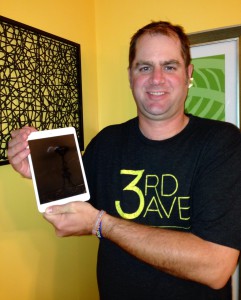And that’s not hyperbole, this isn’t some over-heated flackery or PR nonsense. One Call Care Management (OCCM) will be sold to investment firm Apax Partners. But that’s just part of the deal.
Apax is also buying PT firm Align Networks from General Atlantic and Riverside.
Terms of the transaction aren’t yet available and likely will not be made public. That said, I’d guess the whole deal is worth at least $2.25 billion.
Work comp has made the big time.
I’d expect the new owners to combine Align’s PT operations with the rest of their product portfolio, and do that quickly. That’s what OCCM has done in the past and indications are current CEO Joe Delaney will continue to run the new, much larger company.
Apax doesn’t have any other recent work comp investments, so they are going to be relying on Delaney; he’s gained extensive experience putting together what is now the largest company in the work comp services sector. That said, the Align culture is a rather free-wheeling one, and combining that with OCCM will be an interesting project.
What he’ll have to work with is the industry’s leading imaging vendor, one of the top two DME/HHC offerings, the one of the top two PT management firms, perhaps the biggest player in transportation, and a couple much smaller ancillary lines (dental and some other stuff).
Total spend in these segments in work comp is about $7.5 billion.
Think about that. Apax is spending something north of $2 billion to buy companies that have a total addressable market (that’s PE-speak for how much potential revenue exists in total) that is less than 4 times that price.
I don’t know the Apax folks; by all accounts they are savvy investors indeed and have done rather well in other businesses. I’m just having a tough time wrapping my head around spending that much money to buy into a business with that low a ceiling.
Sure, they might get into group health, or auto, but many work comp companies have tried, and none have made an appreciable dent.
Regardless, the folks at Odyssey (they built OCCM) should be doing the “we won the World Series” champagne celebration thing; this transaction, and the process that led up to it, shows that they are really, really good. I’m sure General Atlantic and the Riverside folks in Cleveland are pretty happy too.
What does this mean for you?
These folks don’t invest unless they are darn sure they’re going to make a very, very good return.

